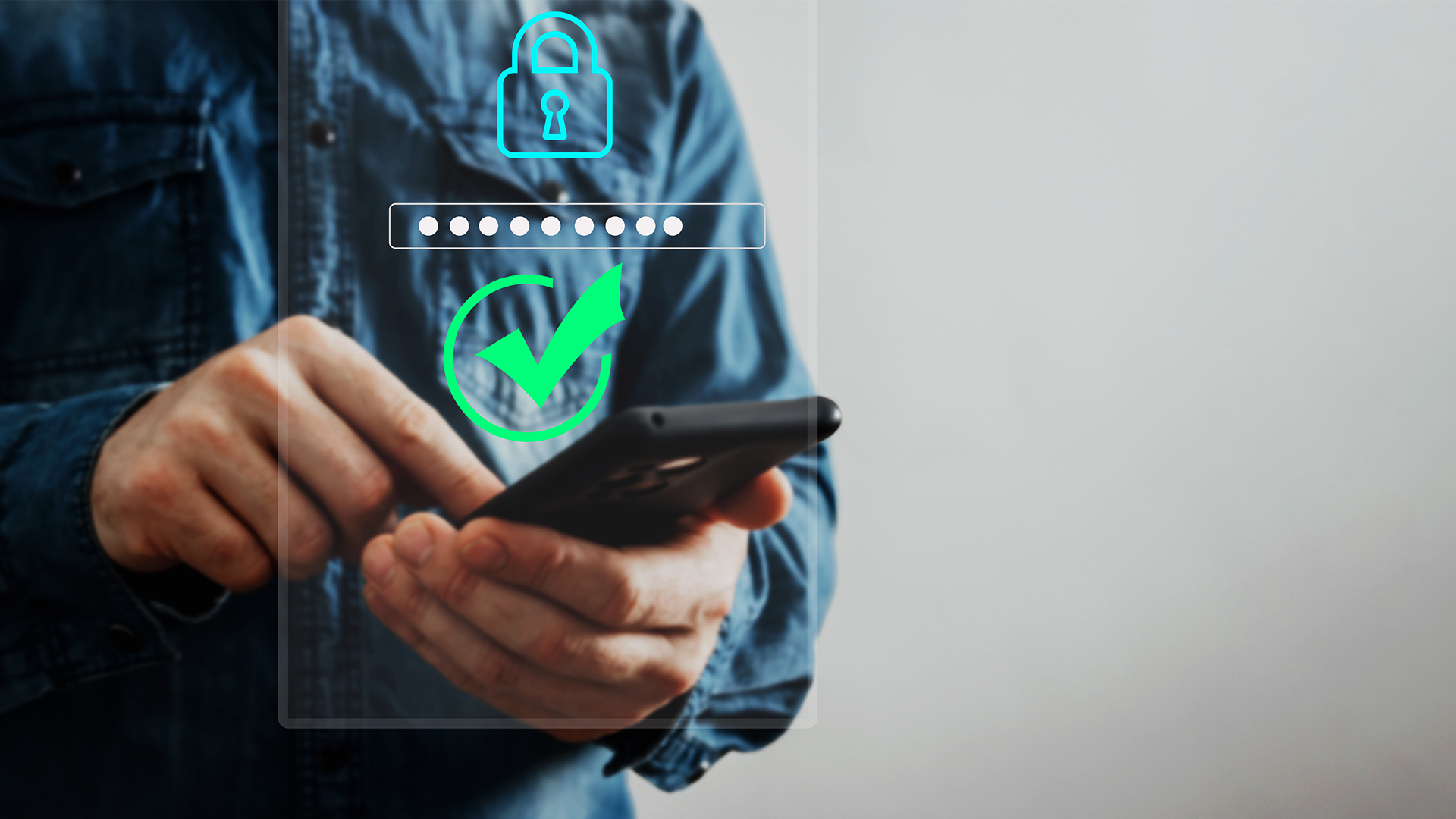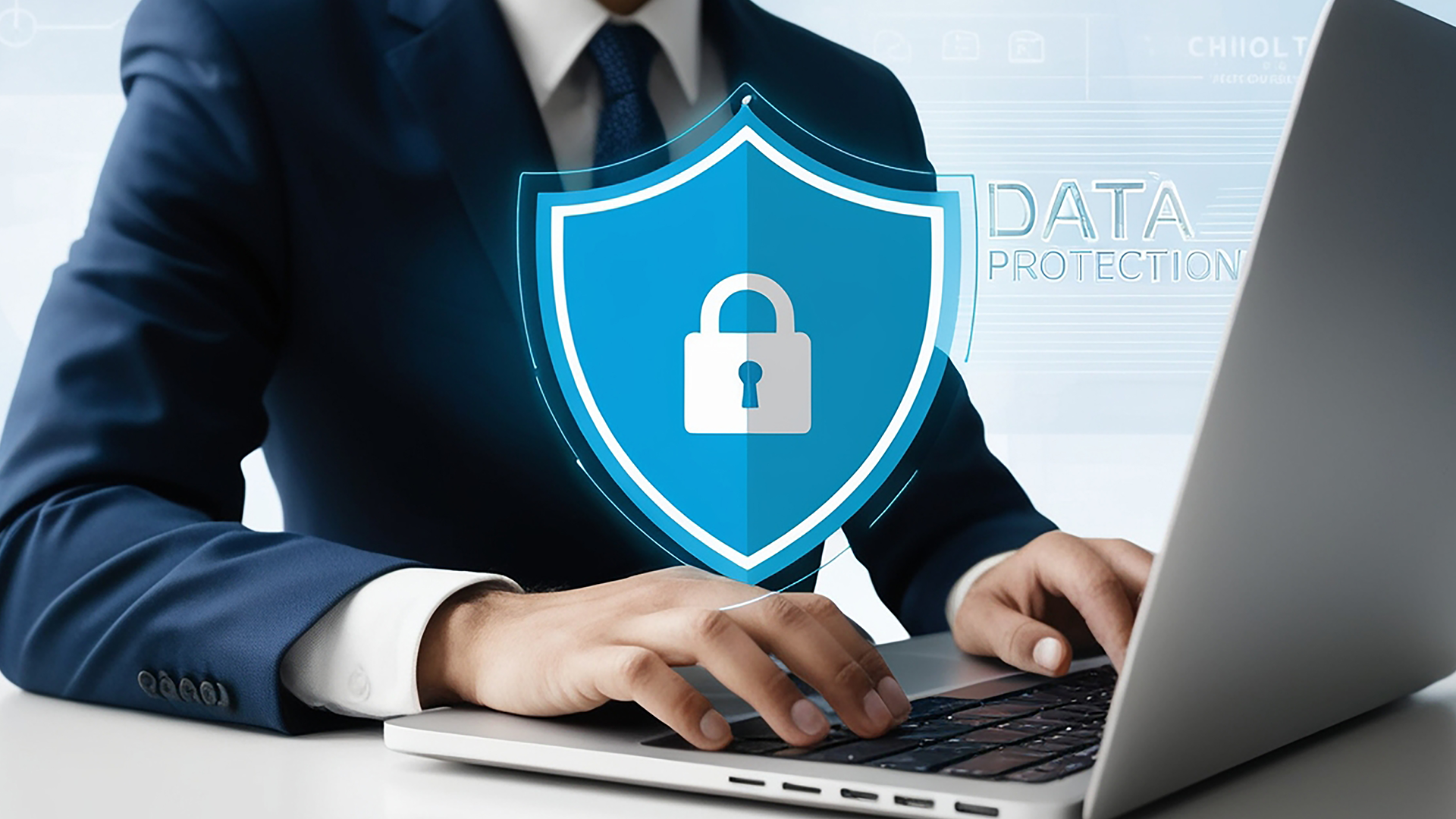
Thank you
Our team of industry domain experts combined with our guaranteed SLAs, our world class technology .


Get Immediate Help
In today’s digital age, where data breaches and cyber threats are on the rise, companies must adopt more robust security strategies to protect sensitive data. Traditional perimeter-based security models, once considered the gold standard, are no longer sufficient to safeguard against modern threats. This is where a Zero Trust approach to data security comes into play. But why is Zero Trust important? Let’s delve into this approach, explore its benefits, and understand why it has become essential for businesses looking to protect their data effectively.

Before we go any further, let’s break down what Zero Trust is. Zero Trust is a security framework that requires all users, whether inside or outside an organisation, to be authenticated, authorised, and continuously validated before being granted access to applications and data. In essence, it operates on the assumption that no network or user should automatically be trusted.
Instead of relying solely on a “trusted network” perimeter, Zero Trust continuously verifies trust through authentication and conditional access policies for every request. This shift in perspective helps reduce the risk of data breaches by minimising the number of people and devices with access to sensitive information.

Zero Trust is grounded in a few core principles that guide its application. Here’s how these principles work to protect data:
1. Verify Every User and Device
Zero Trust doesn’t assume any user or device is inherently safe. Each access request is verified, and access is only granted based on predefined parameters.
2. Least Privilege Access
Zero Trust limits user and application permissions to only what is necessary for completing a specific task, minimising data exposure in case of a breach.
3. Continuous Monitoring and Verification
In a Zero Trust environment, security checks are performed continuously, so if suspicious activity is detected, the response can be immediate.
4. Assume Breach
By assuming that breaches are inevitable, Zero Trust encourages an organisation to stay prepared with tools and protocols to contain and minimise damage.
5. Micro-Segmentation
Zero Trust divides the network into smaller sections or zones to prevent attackers from moving freely if they breach one area. This micro-segmentation helps keep sensitive data safer.

Data security is a crucial element in maintaining customer trust, protecting intellectual property, and ensuring business continuity. Here are several reasons why Zero Trust is pivotal in achieving robust data protection:
1. Protection Against Data Breaches
Traditional security systems focus on securing the perimeter of a network, which can be a significant drawback in today’s remote and cloud-based work environment. A Zero Trust data security model, however, minimises this risk by ensuring that users and devices are verified at every stage, regardless of their location. Even if an attacker gains access, Zero Trust policies ensure that they cannot move laterally within the network, limiting the damage.
2. Enhanced Endpoint Security Solutions
With the rise of mobile devices, IoT, and remote work, endpoint security has become more critical than ever. Zero Trust policies apply continuous monitoring to all endpoints, ensuring that they meet security standards before being allowed network access. This helps organisations proactively address potential vulnerabilities associated with various endpoint devices.
3. Data Breach Prevention and Threat Detection
Data breaches can happen due to malware, insider threats, or even social engineering attacks. By implementing Zero Trust principles such as micro-segmentation and least privilege access, organisations can mitigate these risks. Zero Trust continuously assesses threats by monitoring user behaviour and device health, providing more effective ways to detect potential security issues before they escalate.
4. Adaptability to Cloud Security and Remote Work
As organisations shift to cloud environments and embrace remote work, traditional network perimeters have become less relevant. Zero Trust architecture is inherently cloud-compatible, allowing seamless security management across hybrid cloud infrastructures. Cloud Zero strategies within Zero Trust ensure that data protection standards extend to SaaS applications and cloud services, making data security easier to manage regardless of location.
5. Zero Trust vs Traditional Security: The Modern Edge
Traditional security models rely on the idea of a “trusted” internal network, but this perimeter-based approach can be easily compromised. Zero Trust, on the other hand, eliminates the need for an assumed perimeter. This shift in mindset helps organisations identify and protect sensitive data without depending solely on where users or devices are located. Zero Trust's approach to constant authentication and continuous monitoring provides a more reliable and modern defence mechanism against today’s threats.
6. Regulatory Compliance and Data Privacy
With stricter data protection regulations such as GDPR, organisations must demonstrate strong data security measures. Zero Trust aligns well with compliance requirements by minimising data access points, logging activity for audits, and ensuring that users only access the data they are authorised to. Zero Trust implementation simplifies compliance with regulations that mandate data protection, access controls, and breach reporting.
7. Improved Incident Response and Recovery
When an incident occurs, quick response and containment are essential to minimise damage. Zero Trust frameworks make incident response more efficient by detecting compromised accounts and isolating them automatically. Threat detection and response are enhanced through conditional access policies that contain threats at their point of origin.
8. Conditional Access and Continuous Verification
Conditional access in Zero Trust ensures that access permissions adapt based on factors like the user’s device, location, and behaviour. This dynamic approach to access control significantly strengthens cybersecurity policies and minimises potential security gaps, as suspicious behaviour triggers alerts and limitations on access permissions.

Implementing a Zero Trust model involves specific steps tailored to each organisation’s environment and objectives. Here’s a simplified approach:
1. Identify Critical Data and Resources
Start by identifying sensitive data and systems that require protection. This can include customer information, intellectual property, and key operational systems.
2. Establish Identity and Access Management (IAM)
Integrate an IAM system that enforces multi-factor authentication, conditional access, and strict identity verification across your network.
3. Utilise Micro-Segmentation
Divide the network into smaller segments and implement access controls on each segment. This limits an attacker’s ability to move laterally across the network.
4. Deploy Continuous Monitoring Tools
Invest in tools that continuously monitor user activity, endpoint security, and data access requests. Threat detection solutions enable immediate action if any suspicious activity is identified.
5. Implement Secure Cloud Practices
For organisations with a cloud presence, enforce Cloud Security Posture Management (CSPM) and cloud-specific access controls to safeguard data in the cloud.
6. Regularly Review and Adapt Policies
Zero Trust is not a one-time deployment but requires continuous updates. Regularly assess your Zero Trust policies to ensure they evolve with changing security threats and business requirements.
Zero Trust requires a detailed and systematic approach to succeed. At Microminder CS, we offer comprehensive Zero Trust data security solutions, including endpoint security solutions, network segmentation, and continuous monitoring tools to protect your data against evolving cyber threats. With our expertise, organisations can implement Zero Trust principles that align with their specific security needs, regulatory requirements, and business goals.
In the context of implementing a robust Zero Trust model to address data security challenges, several of Microminder CS’s services can be particularly beneficial:
1. Identity and Access Management Services
- How It Helps: Identity and Access Management (IAM) services are fundamental to Zero Trust. By ensuring only authenticated and authorised users gain access to critical resources, IAM helps enforce strict access controls and conditional access, which is essential for maintaining data security.
- Benefits: Organisations can effectively manage user identities, enforce multi-factor authentication, and control access based on user roles, behaviours, and contexts. This reduces insider threats and prevents unauthorised access.
2. Cloud Security Posture Management (CSPM)
- How It Helps: With the shift to cloud environments, CSPM monitors cloud infrastructure configurations and ensures compliance with security best practices. Zero Trust requires continuous oversight, especially in cloud settings, to identify misconfigurations and potential security gaps.
- Benefits: CSPM enables real-time detection of misconfigurations, compliance violations, and potential vulnerabilities in cloud environments. This ensures that cloud resources align with Zero Trust policies, reducing risk in a dynamic environment.
3. Micro-Segmentation Security
- How It Helps: Micro-segmentation divides the network into isolated segments, ensuring that a breach in one area does not compromise the entire network. This is critical in a Zero Trust model, where lateral movement by attackers should be restricted.
- Benefits: By implementing micro-segmentation, organisations can limit the attack surface and contain potential breaches. It adds an extra layer of protection by controlling data flow and access at a granular level, making it harder for attackers to move across the network.
4. Endpoint Detection and Response (EDR)
- How It Helps: EDR provides advanced monitoring and threat detection capabilities for endpoints, which is essential for Zero Trust’s “verify everything” approach. EDR tools help identify and respond to suspicious activities on devices before they escalate.
- Benefits: With real-time monitoring and rapid incident response capabilities, EDR ensures that endpoint threats are quickly identified and contained. This proactive approach strengthens Zero Trust strategies by limiting risks posed by endpoint vulnerabilities.
5. Data Security Solutions
- How It Helps: Data Security Solutions focus on protecting sensitive information across the organisation, from data encryption to data masking. Zero Trust policies mandate stringent data protection measures to ensure information remains secure, even in the event of a breach.
- Benefits: With enhanced encryption, data loss prevention (DLP), and masking technologies, organisations can protect data at rest and in transit. This aligns with Zero Trust by ensuring that data is secured independently of network or perimeter defences.
6. Threat Intelligence and Hunting Services
- How It Helps: Threat intelligence provides insights into potential vulnerabilities, while threat hunting proactively identifies and addresses cyber threats. These services align with Zero Trust by continuously monitoring and analysing emerging threats within the network.
- Benefits: Through threat intelligence and proactive threat hunting, organisations can stay one step ahead of attackers. By understanding and addressing threats early, businesses can prevent potential breaches and maintain the Zero Trust principle of continuous vigilance.
7. Managed Detection and Response (MDR)
- How It Helps: MDR offers 24/7 monitoring, detection, and response capabilities, which are essential for maintaining a Zero Trust security model. MDR services provide real-time insights into security events and help mitigate incidents as they arise.
- Benefits: With MDR, organisations can ensure that their systems are constantly monitored and any threats are promptly addressed. This continuous monitoring supports Zero Trust by ensuring that every activity is verified and quickly responded to in case of a threat.
As data security challenges become increasingly complex, adopting Zero Trust has shifted from a “nice-to-have” to an essential strategy for modern organisations. By taking a proactive approach to data security with Zero Trust, businesses can better protect their data, gain customer trust, and stay compliant with regulatory standards. Embracing Zero Trust now is an investment in a secure and resilient digital future.
Don’t Let Cyber Attacks Ruin Your Business
Call
UK: +44 (0)20 3336 7200
KSA: +966 1351 81844
UAE: +971 454 01252
Contents
To keep up with innovation in IT & OT security, subscribe to our newsletter
Recent Posts
Penetration Testing | 10/11/2025
Cloud Security | 07/11/2025
Cybersecurity | 06/11/2025
What is Zero Trust in cybersecurity?
Zero Trust is a security framework that operates on the principle of “never trust, always verify.” It assumes that threats can come from within or outside an organisation, so access to data and resources is only granted after verifying each request.Why is Zero Trust important for data security?
Zero Trust enhances data security by enforcing strict access controls and continuous verification, helping prevent unauthorised access to sensitive information and limiting the spread of potential breaches.How does Zero Trust differ from traditional security models?
Traditional security models often rely on perimeter-based defences, assuming users within the network are trustworthy. Zero Trust, however, requires verification of every user and device, regardless of network location, for each access attempt.What are the key components of a Zero Trust architecture?
Key components include identity and access management, micro-segmentation, multi-factor authentication, data encryption, continuous monitoring, and endpoint security.Can Zero Trust be implemented with legacy systems?
Yes, though it may require additional tools and strategies, such as virtual patching and network segmentation, to secure older systems that don’t inherently support Zero Trust principles.